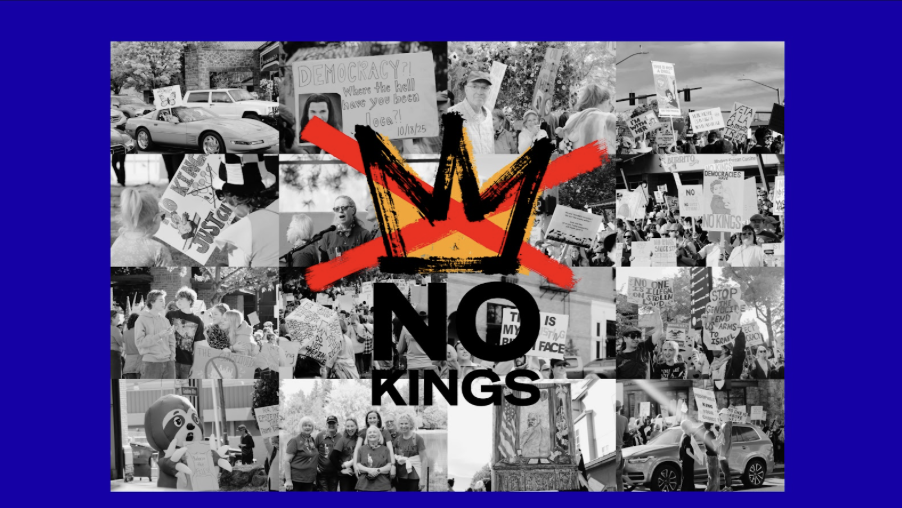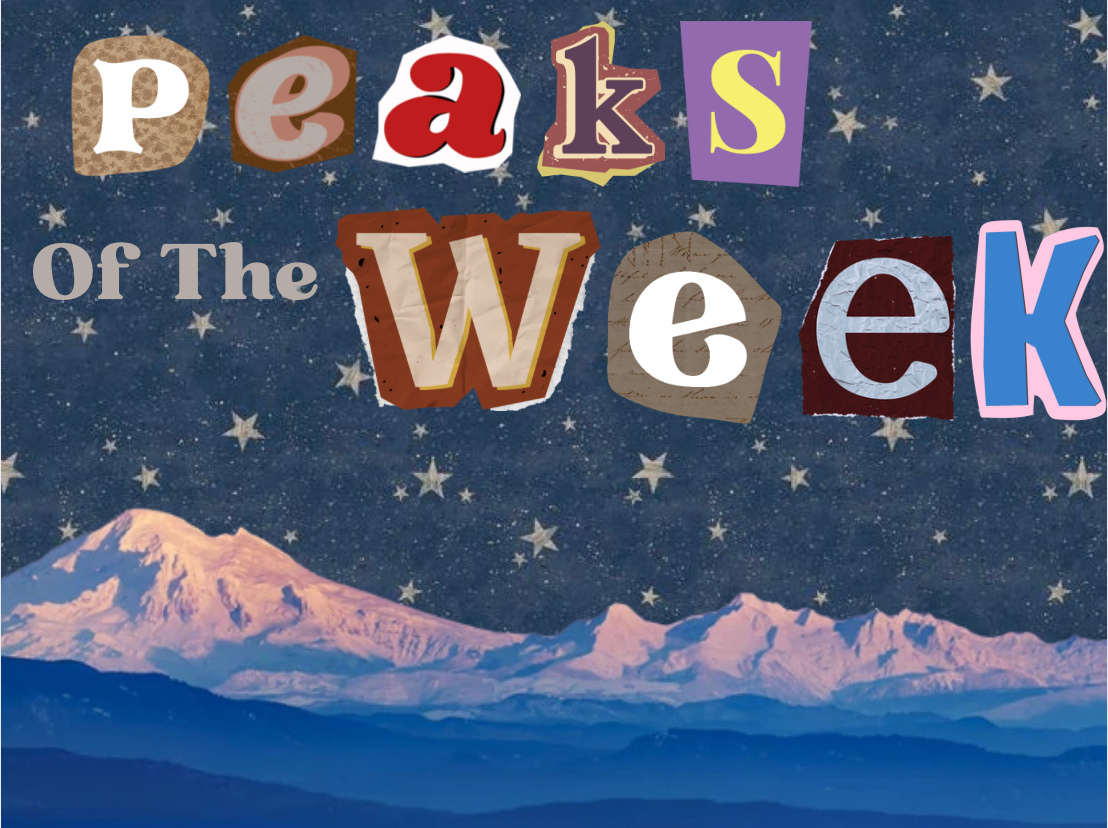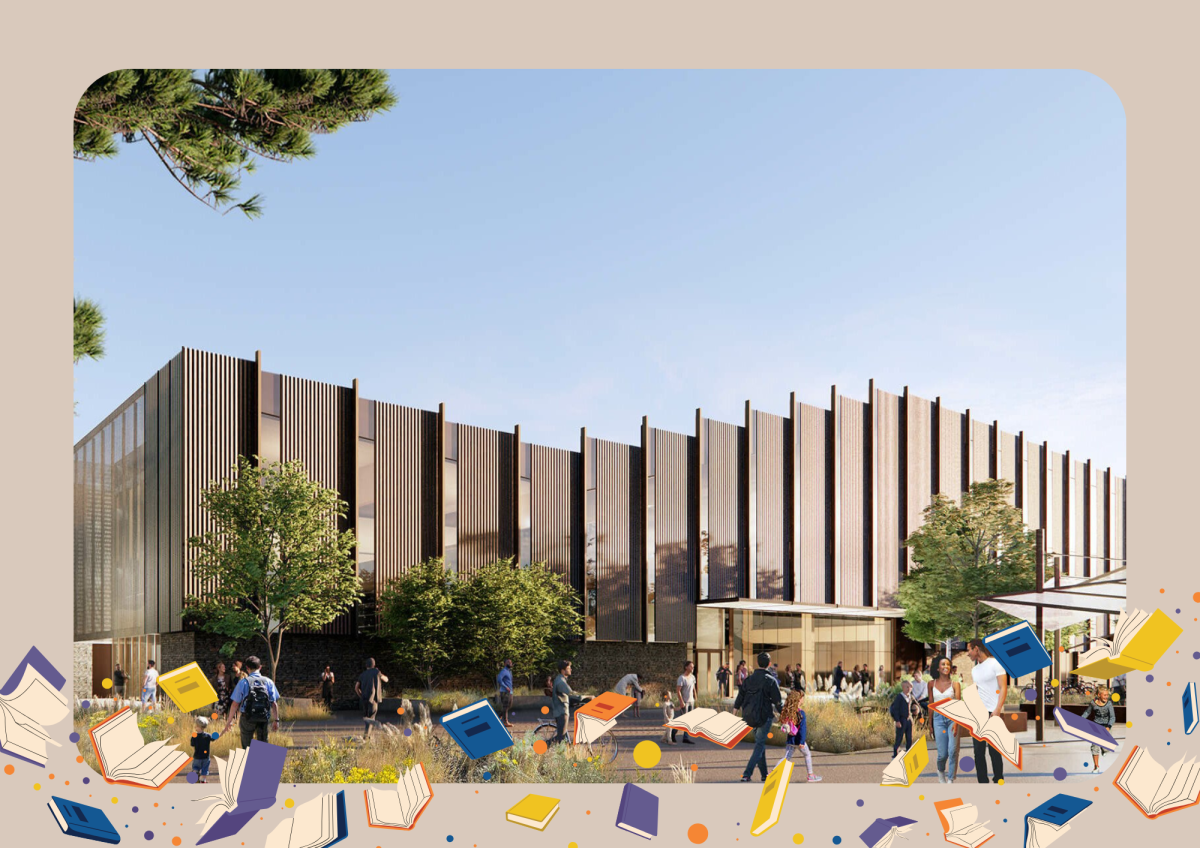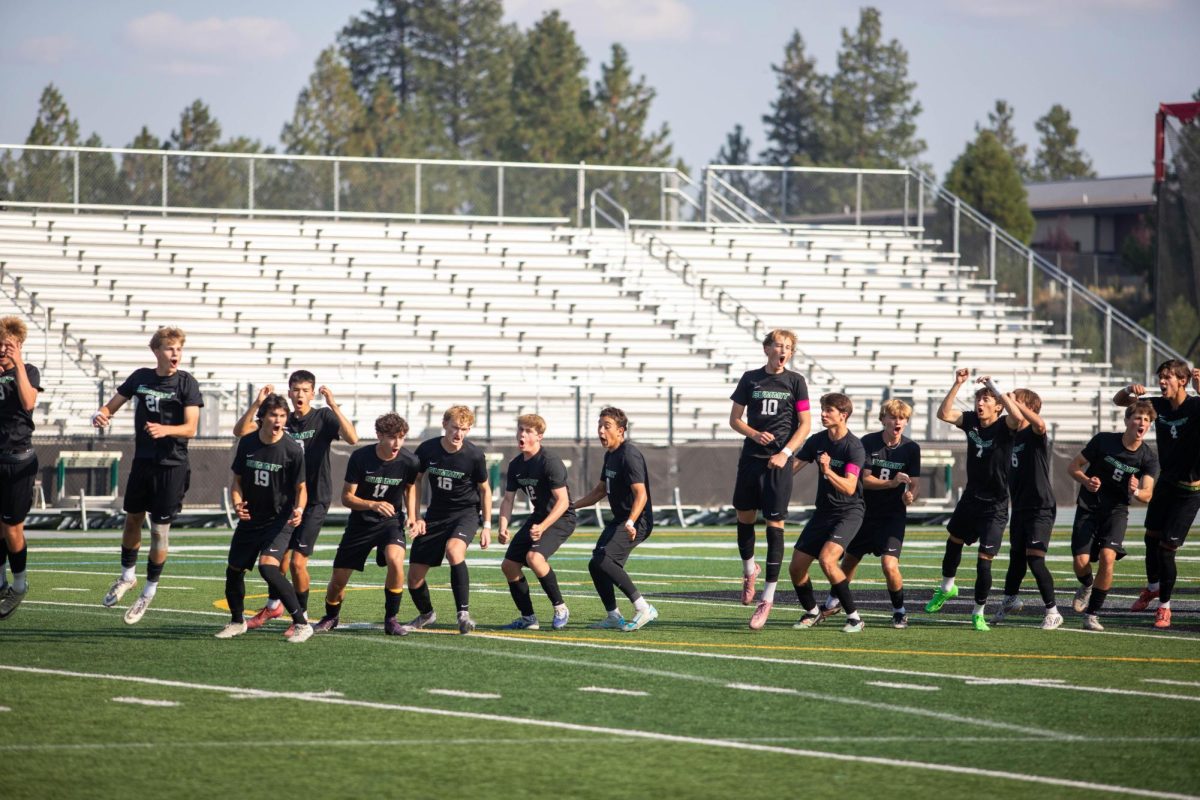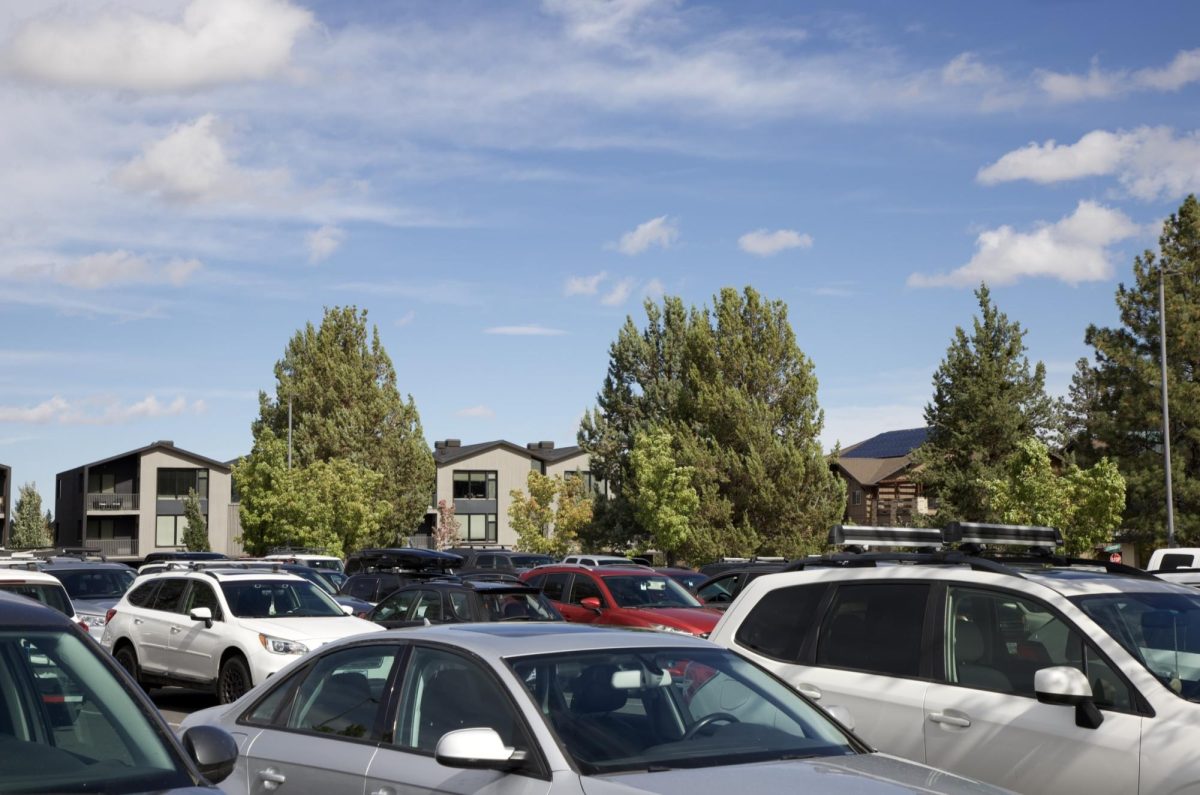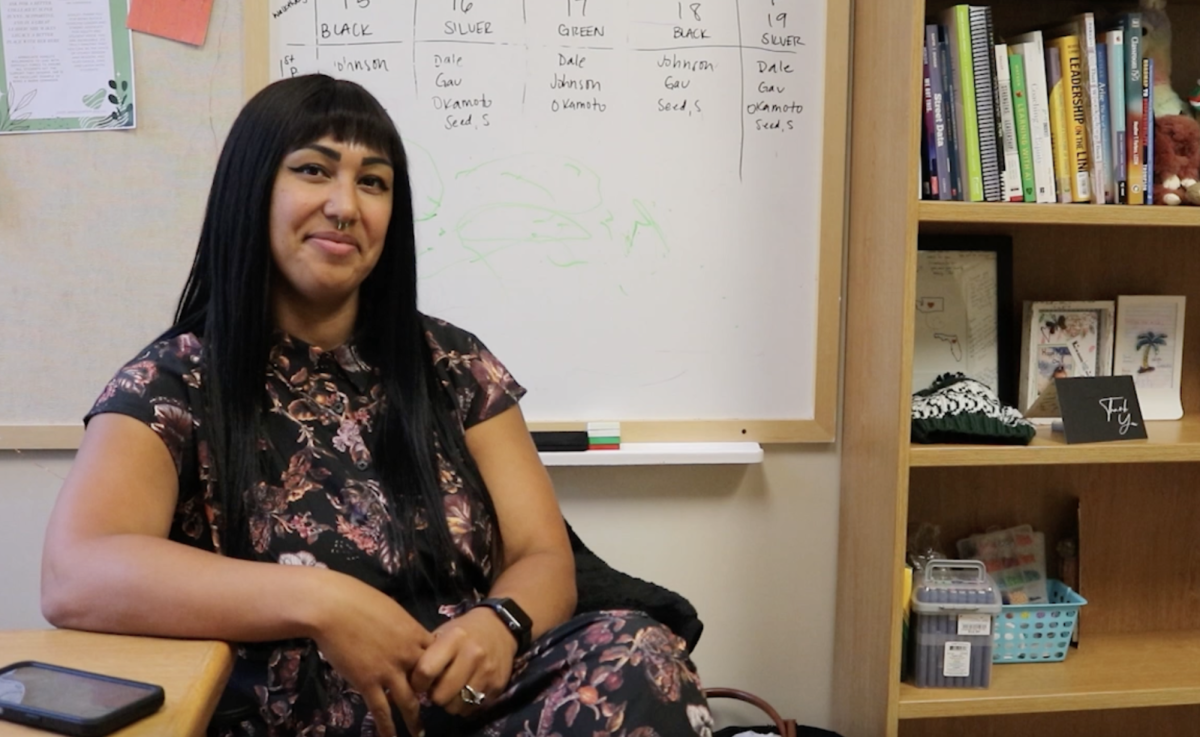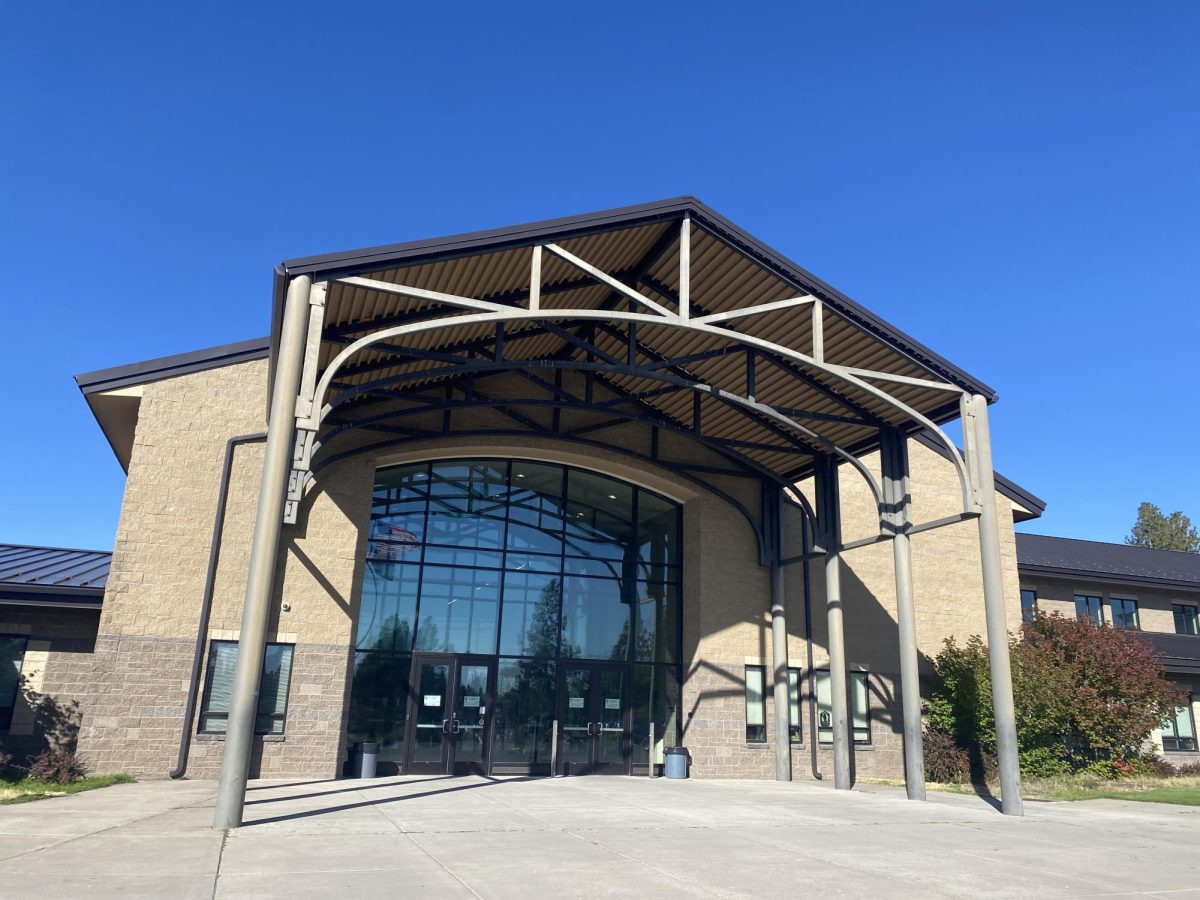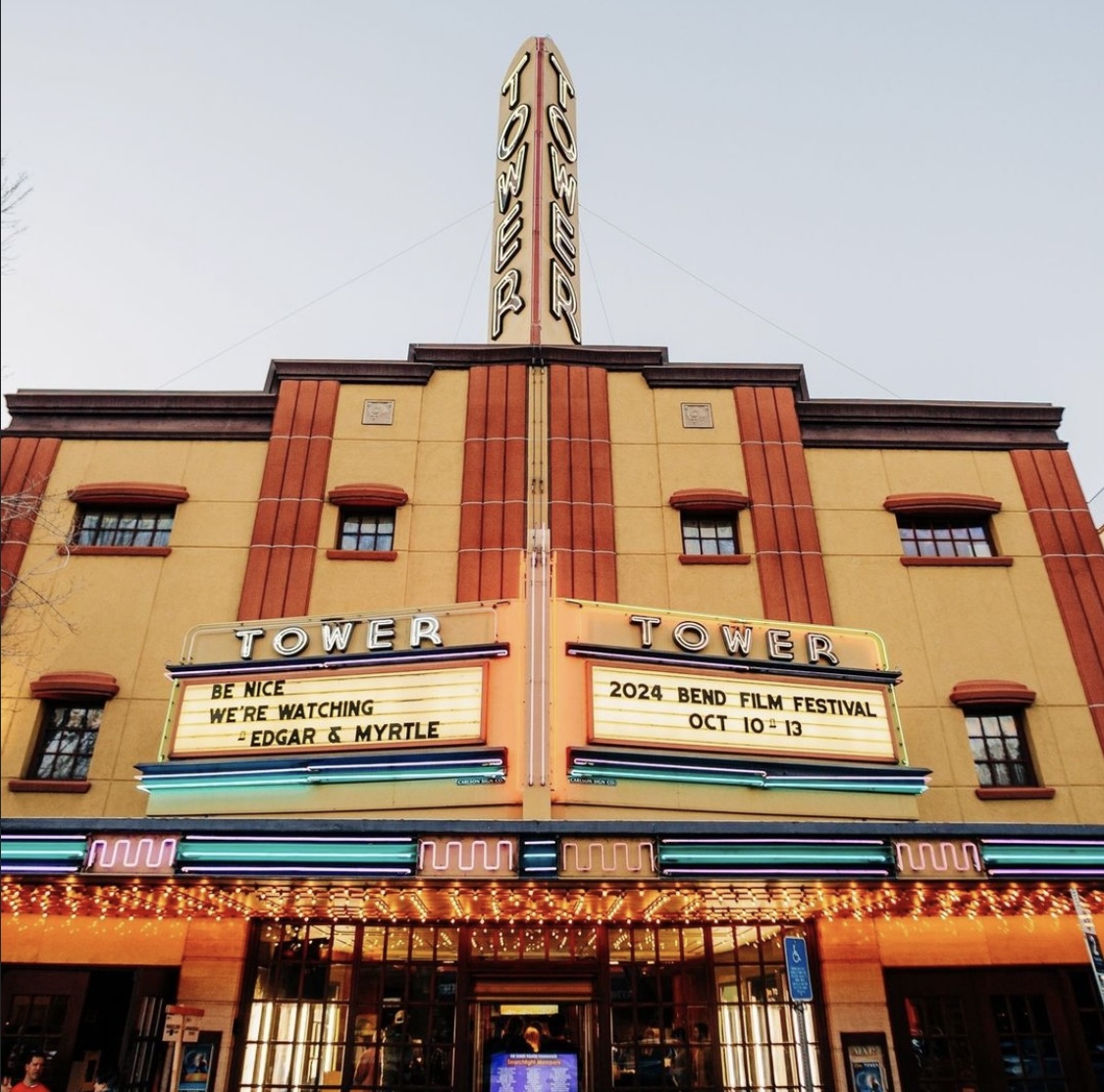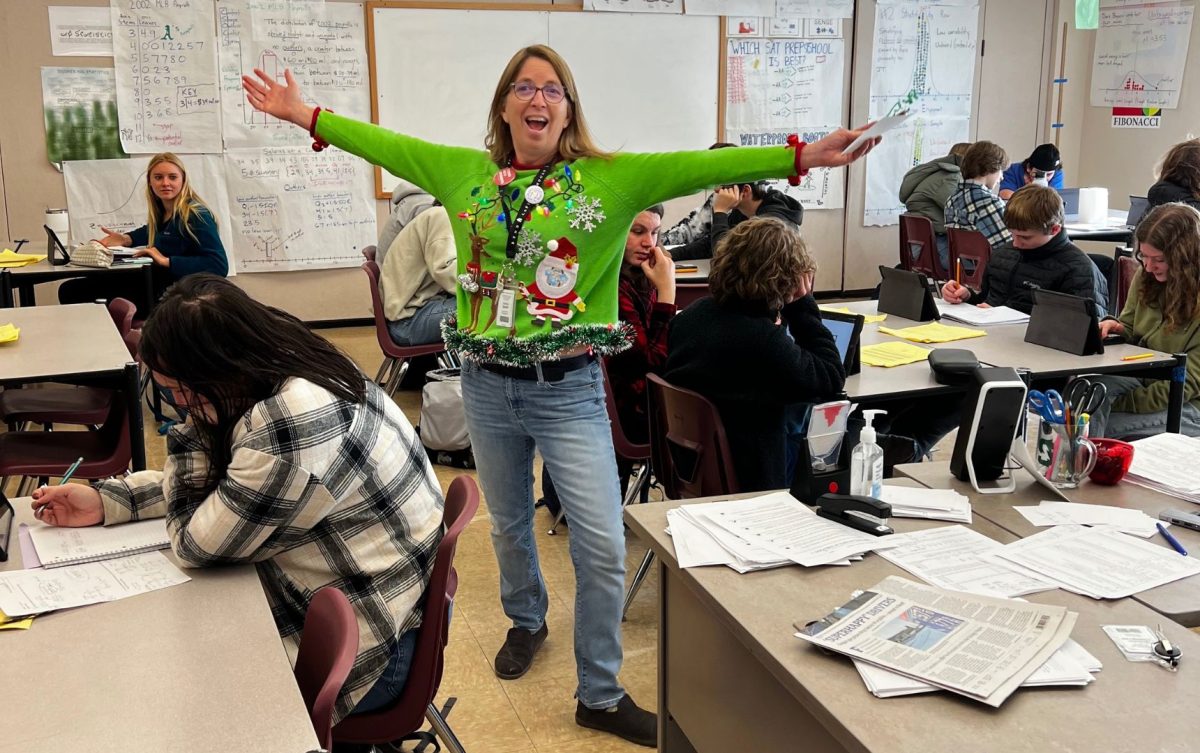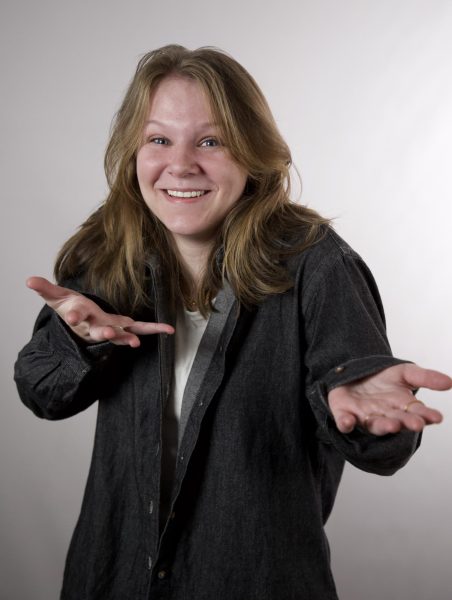Skip the superhero sequels.
The Hollywood studio system–in which a few large movie studios decide which films are made, produced and distributed–has dictated what you see for decades. This system restricts advertisements, budgets and distribution to films deemed the most marketable, which enables a landscape where the most creative and unique films get overlooked. Now, film enthusiasts must flock to festivals to see smaller-budget films showcased. However, as large festivals succumb to monetary motivations, issues such as overcrowding, unequal access and commercialization have destroyed the cause they once stood for. Nonetheless, there is still hope: the Bend Film Festival.
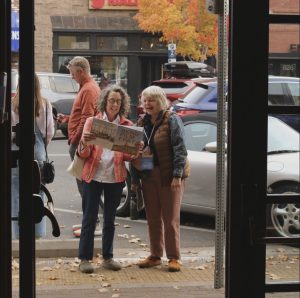
Established in 2003 by Katie Merritt, the Bend Film Festival–a subset of the non-profit organization BendFilm—has been running steadily for 21 years. Even adapting to the COVID-19 pandemic in 2020 and showcasing films virtually.
This year, the festival showcased over 100 films across six different venues around Bend, including the Tin Pan and Tower Theater in downtown Bend, as well as one venue in Madras. These films, selected from thousands of submissions, had been narrowed into categories such as indigenous, narrative, documentary and outdoor/environmental. The BendFilm jury awarded films and filmmakers within each genre with cash prizes ranging from $100 to $1,500, an award statue and a whole lot of love.
Described by many as a “filmmaker festival,” Bend Film Fest has distanced itself from the business model of larger festivals, according to Executive Director Giancarlo Gatto.
“[Filmmakers] don’t come here to find distribution. It’s not like a business festival. Whereas Sundance is almost like a business conference because people are trying to sell their films or negotiate deals, or network,” said Gatto.
Make no mistake, Bend Film Fest still presents vital opportunities for filmmakers, from introducing them to industry professionals to allowing them to learn from audience feedback. The festival also holds its place as one of 27 Academy Award-qualifying festivals in the United States, and its ability to attract film enthusiasts from around the world impacts the local economy, through vendors, hotels, restaurants and more.
“Probably between 1.5 to two million in terms of impact to the local economy is what the film festival itself [brings in],” explained Gatto. “Then we also have Tin Pan Theater, summer camps and all those things that aren’t really factored into that number.”
On top of material benefits, BendFilm treats its filmmakers well and provides a great space for short film creators, who may not always get the same love as those who make narrative or documentary films.
“Usually feature filmmakers are the ones that get their flights paid for or free hotels, but we take really good care of our filmmakers, including shorts filmmakers,” said Gatto.
By humanizing the creatives behind the cameras, BendFilm has done something larger festivals have failed at. Where the big studios and festivals want to make money, BendFilm wants to promote art—while making enough to continue that process.
Bend lacks the diverse arts and culture scene recognizable in larger cities, but with intimate venues and integration into the community, the festival has quickly been able to provide locals with a source of enriched visual media and has brought people together.
BendFilm Regal Cinemas venue manager Stephanie Haugh expressed the impact she felt as a teenager in the first years of the program.
“I was living in Redmond, so rural Oregon. [There was] very little culture, very few people that were like me,” said Haugh. “I very quickly found a community here. As did, I think, many people.”
Similarly, 2021 Summit graduate and recent BendFilm intern Emma Kaisner emphasized the benefits of the festival.
“It puts filmmakers and film enjoyers on sort of the same level,” said Kaisner. “You’re able to watch a film and then it’s so cool that you’re also able to talk to the person who made it… It’s such a unique experience.”
Community and culture are not central to the festival alone—BendFilm actively fosters those values year-round. Through various programs, events and initiatives, the organization ensures that the spirit of the festival is not contained to its four-day span.
“The festival is the biggest thing we do,” said BendFilm operations director Christina Rosetti. “But it’s not the only thing.”
Since 2003, BendFilm has grown in size and budget. This year, BendFilm expanded its educational efforts. The BendFilm: Basecamp started Oct. 7. and spanned for three days before flowing into the festival. The camp brought emerging filmmakers and their industry counterparts together in an immersive retreat at Caldera Arts outside Sisters.
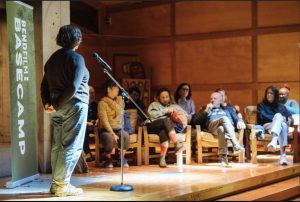
“Basecamp is our newest and kind of biggest thing,” said Gatto. Although the program targets early to mid-career filmmakers, it represents the organization’s newest efforts to expand its educational initiatives. Basecamp brings in well-seasoned producers, directors, distributors and financiers to work with and mentor filmmakers.
As one of several BendFilm education programs, Basecamp is indicative of the necessity for targeted initiatives to cultivate filmmakers further and enrich the quality of visual media by allowing creatives to work, instead of compete, with one another. And, in the ever-shifting film industry, this cohesiveness is more essential than ever.
Filmmaker Kelsey Taylor, who won the Best Director for a Narrative Feature Award at Bend Film Fest this year for her film, “To Kill a Wolf,” discussed the increasing pressure on filmmakers in today’s industry.
“It’s a very scary time for indie films,” said Taylor, referring to projects under a two million dollar budget. “Things are either very, very, very big or very, very, very small.” This places a significant responsibility of creation onto filmmakers rather than sharing the burden across the industry.
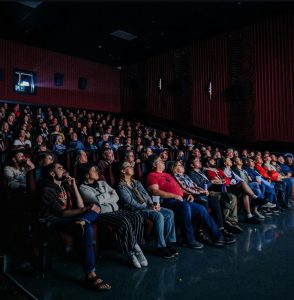
“Our film is a much better experience to see in a theater but it’s probably a film that will never be in a theater, and that is such a bummer,” said Taylor. Despite her appreciation for the accessibility that streaming grants, small-budget films unable to break into a theater or cling to a distributor suffer the consequences. “It would be nice if we had a way for people who want to see these films [to] see these films.”
At its core, BendFilm stays true to its original mission: to support the art of filmmaking and foster connections between creators and audiences.
“They’re passionate about the creation of art and supporting independent filmmakers that don’t have huge budgets or studios behind them so that their unique perspective and stories find a voice and an audience,” explained Summit theater teacher Lara Okamoto. “What’s not to love about that?”
Major studios have held power since the 1908 birth of the Motion Picture Patents Company (MPPC), which quickly gained cartel-like control over distribution and, although eventually dissolving in 1915, paved the way for future powerhouses.
Although the big studios now hold different names—think Warner Bros., Paramount and Universal Pictures—they still leave little room for a diverse array of products. Instead, focusing on potential commercial prosperity rather than choosing to give less genre-specific films a chance.
BendFilm’s focus on community, creativity, and education ensures that the festival remains not just a local event, but an essential part of the independent film movement.
Yet, without support from the community, even the best of festivals will falter. BendFilm relies on volunteers throughout the year, which enables the organization to continue to expand and provides volunteers with a foot into the film industry by bringing them behind the scenes.
“I started when I was a high schooler and it started everything for me… I showed up as a wayward teen, and Katie Merritt and the folks at BendFilm never told me no and kept opening doors for me,” said Haugh, whose passion and career in film was sparked by this encouragement.
“All the things I do started because of BendFilm, and having a chance to see myself as a female in this industry,” said Haugh. “I encourage all high schoolers to come to BendFilm and find something they love doing.”
BendFilm offers students more than just an opportunity to add to their college resume. It fosters professional development, community involvement and introduces them to the inner workings of an incredibly competitive industry.
“We want Summit students to come out to see the film festival and volunteer,” said Gatto. “I think there’s a lot [high schoolers] that are interested in film. I want them to feel like they can come and experience it and be a part of it… I think it would be a super cool opportunity for Summit students and Bend students in general, to interact with people in our community that are not generally in our community.”
This desire to engage local students underscores BendFilm’s commitment to fostering connections within the community. By offering a platform for diverse, less mainstream voices, BendFilm has played a role in promoting underrepresented filmmakers and enriching both the local community and the independent film industry at large. The festival provides a much-needed platform for filmmakers to connect, learn, and grow, helping to ensure the survival of indie films in a landscape that often favors big-budget blockbusters.
Later Hollywood, let’s keep it local.


